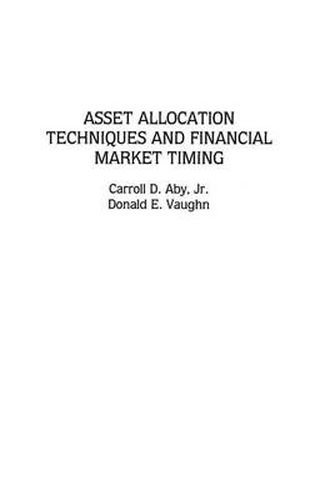Readings Newsletter
Become a Readings Member to make your shopping experience even easier.
Sign in or sign up for free!
You’re not far away from qualifying for FREE standard shipping within Australia
You’ve qualified for FREE standard shipping within Australia
The cart is loading…






The first three chapters of this work furnish the fundamentals for an investigation into the investment setting, the overall economic framework, and some of the keys in common stock selection. Chapter 3 utilises some valuation techniques from information taken from Trendline Charts and related publications. Chapter 4 and 5 include vertical bar charts, their role in the asset allocation process, estimation of price objectives, and decision making. Chapters 6, 7 and part of Chapter 8 provide an extensive examination of point and figure charts, old and new. Although more traditional ideas are reviewed, many new patterns are introduced to correct some long-standing criticisms of the discipline and to improve timing in the decision process. Chapter 8 also covers approaches to forecasting the aggregate market. Group analysis is examined in unique fashion in Chapter 9, while Chapter 10 looks at market anomalies with some portfolio simulation thrown in for good measure. Chapter 11 contains an intermarket technical analysis view of forecasting bond prices and yields. Chapter 12 concludes the book with an analytical treatment of mutual funds as a portfolio component ensuring diversification and risk reduction.
$9.00 standard shipping within Australia
FREE standard shipping within Australia for orders over $100.00
Express & International shipping calculated at checkout
The first three chapters of this work furnish the fundamentals for an investigation into the investment setting, the overall economic framework, and some of the keys in common stock selection. Chapter 3 utilises some valuation techniques from information taken from Trendline Charts and related publications. Chapter 4 and 5 include vertical bar charts, their role in the asset allocation process, estimation of price objectives, and decision making. Chapters 6, 7 and part of Chapter 8 provide an extensive examination of point and figure charts, old and new. Although more traditional ideas are reviewed, many new patterns are introduced to correct some long-standing criticisms of the discipline and to improve timing in the decision process. Chapter 8 also covers approaches to forecasting the aggregate market. Group analysis is examined in unique fashion in Chapter 9, while Chapter 10 looks at market anomalies with some portfolio simulation thrown in for good measure. Chapter 11 contains an intermarket technical analysis view of forecasting bond prices and yields. Chapter 12 concludes the book with an analytical treatment of mutual funds as a portfolio component ensuring diversification and risk reduction.